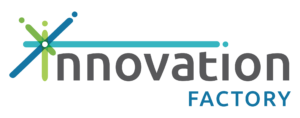Key takeaways from a discussion on SR&ED and grants with Deloitte
Securing the right funding can provide a significant advantage for businesses aiming to accelerate innovation and growth. Navigating tax credits and government grants effectively can unlock crucial financial support—allowing companies to scale while maintaining full ownership.
To guide entrepreneurs in leveraging these opportunities, Innovation Factory partnered with Deloitte and sat down with experts like Jennifer Edey, and Andrew Skeldon, who shared insights on Scientific Research and Experimental Development (SR&ED) tax credits and grant funding—two essential tools for Canadian businesses looking to strengthen their financial strategy.
Whether it’s navigating SR&ED tax credits, securing grants, or developing a long-term financial strategy, Deloitte offers tailored support for businesses at every stage of growth. Through Innovation Factory, entrepreneurs gain access to these specialized insights and services, equipping them with the tools and connections needed to scale effectively.
What is the SR&ED program?
The Scientific Research and Experimental Development (SR&ED) program is Canada’s largest tax incentive program, designed to reward companies for innovation and R&D efforts.
“Companies often underestimate what qualifies as R&D. SR&ED isn’t just for groundbreaking inventions—it’s for any technological advancement that improves an existing product or process,” shared Jennifer Edey, Sr. Manager, SR&D and Grants from Deloitte. “If you’re systematically experimenting to solve an uncertainty—whether it’s in software, medical technology, or product development—there’s a good chance you’re eligible.”
Key benefits of SR&ED:
- Entitlement program: Unlike grants, SR&ED is not a competition. If your work qualifies, you’re entitled to the tax credits.
- Retroactive claims: You can go back 18 months from your fiscal year-end to claim eligible expenses.
- Covers multiple cost areas: Wages, Canadian subcontractors, and eligible materials can be claimed under SR&ED.
- Not just for large companies: Even early-stage start-ups can take advantage of this program.
Beyond SR&ED: leveraging grant and incentive programs
In addition to SR&ED, businesses can explore government grants and loans to support hiring, expansion, and innovation. Andrew Skeldon, Director at Deloitte’s Global Investment & Innovation Incentives Group, shared some key areas where start-ups can seek grant funding opportunities
Areas of government grant and incentive support
- R&D & Innovation – Grants for businesses investing in research and new product development.
- Talent & Hiring Grants – Funding to support hiring co-op students and recent graduates.
- Expansion & Equipment – Programs to help businesses scale operations or purchase new equipment.
- Sustainability & Clean Tech – Funding for environmentally friendly innovations and emissions reduction.
- Export & Market Expansion – Grants that help businesses enter new markets outside of Canada.
“Unlike SR&ED, grants are competitive and have limited budgets, so businesses need to ensure they are well prepared to apply. Strategic planning is crucial to securing funding and maximizing opportunities for growth and expansion,” added Skeldon.
How to maximize non-dilutive funding opportunities
If you’re new to these funding programs, here are Deloitte’s recommendations on how to position your company for success.
Plan proactively
“Many grants require approval before making financial commitments such as hiring or initiating R&D projects. To avoid missing out, businesses should identify applicable grants early, ensure eligibility, and submit applications well in advance,” advised Skeldon. Creating a funding roadmap aligned with business growth can significantly improve success rates.
Optimize funding opportunities
“SR&ED tax credits can often be combined with various grants and incentives, maximizing financial benefits. By layering multiple sources of funding, companies can reduce development costs and accelerate innovation. However, compliance with stacking rules is essential to avoid exceeding allowable funding thresholds,” explained Edey.
Leverage expert knowledge
Understanding the intricate details of funding policies, eligibility criteria, and the required documentation is crucial. Engaging with professionals who specialize in SR&ED and grant applications can streamline the process, reduce errors, and improve approval chances. Experts can also provide strategic advice on structuring claims for maximum returns.
Protect intellectual property
“If your business works with subcontractors, ensure that contracts clearly state that your company retains ownership of all intellectual property. This is especially important for SR&ED eligibility, as the entity owning the IP is the one that can claim the tax credits. Establishing clear IP agreements early prevents potential disputes and ensures compliance with funding requirements,” added Skeldon.
Funding is within reach
One of the biggest takeaways from the Deloitte team: too many companies miss out on funding simply because they don’t apply. These programs exist to help businesses innovate and grow—but they won’t reach out to you. It’s up to founders and business leaders to take advantage of them.
Be sure to connect with experts, ask questions, and explore your eligibility.
If you’re wondering whether your business qualifies for SR&ED or grants, connect with us for an introduction to the experts at Deloitte to learn more about the eligibility and criteria.






